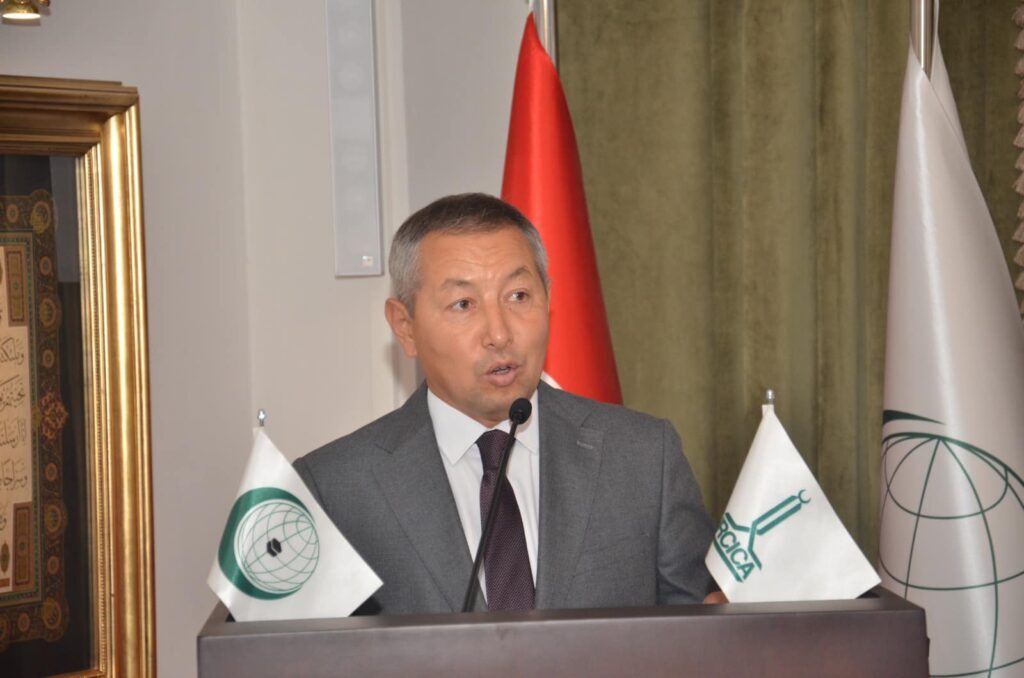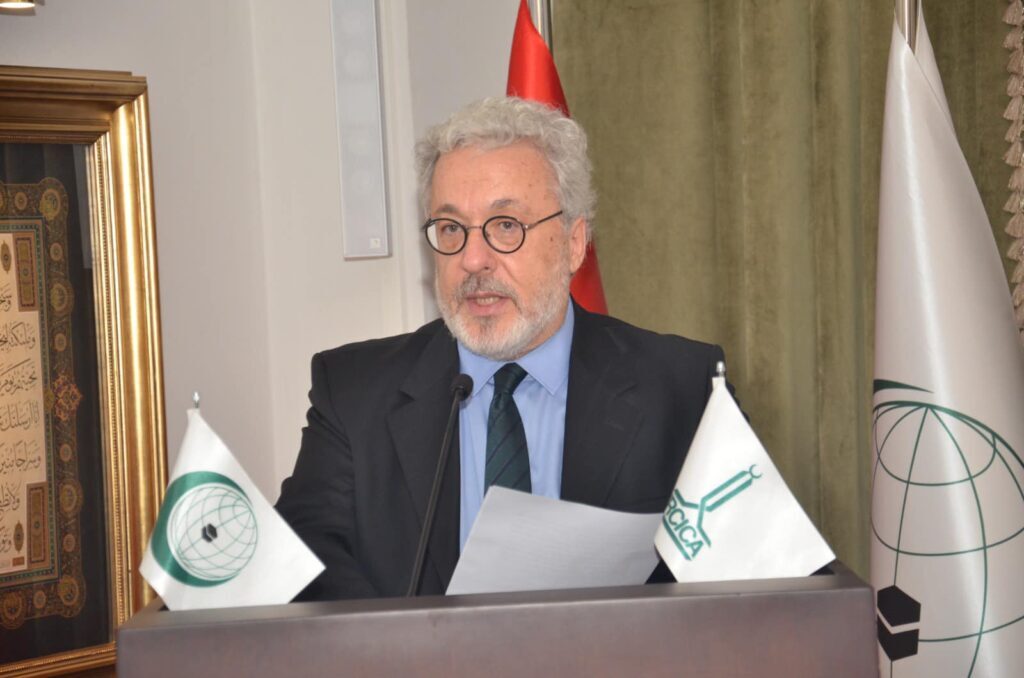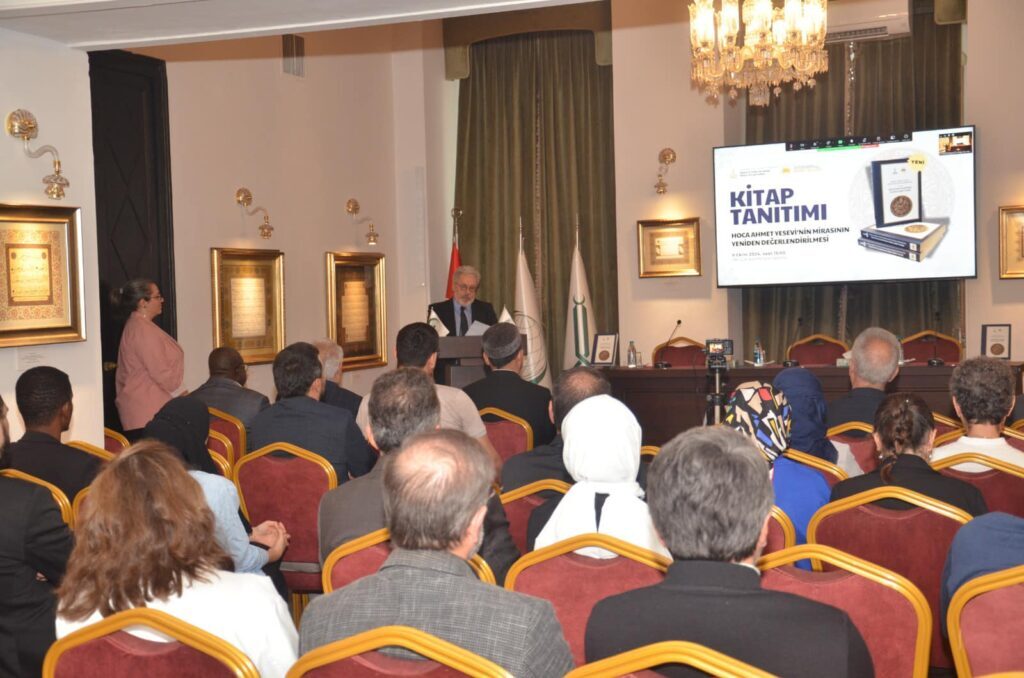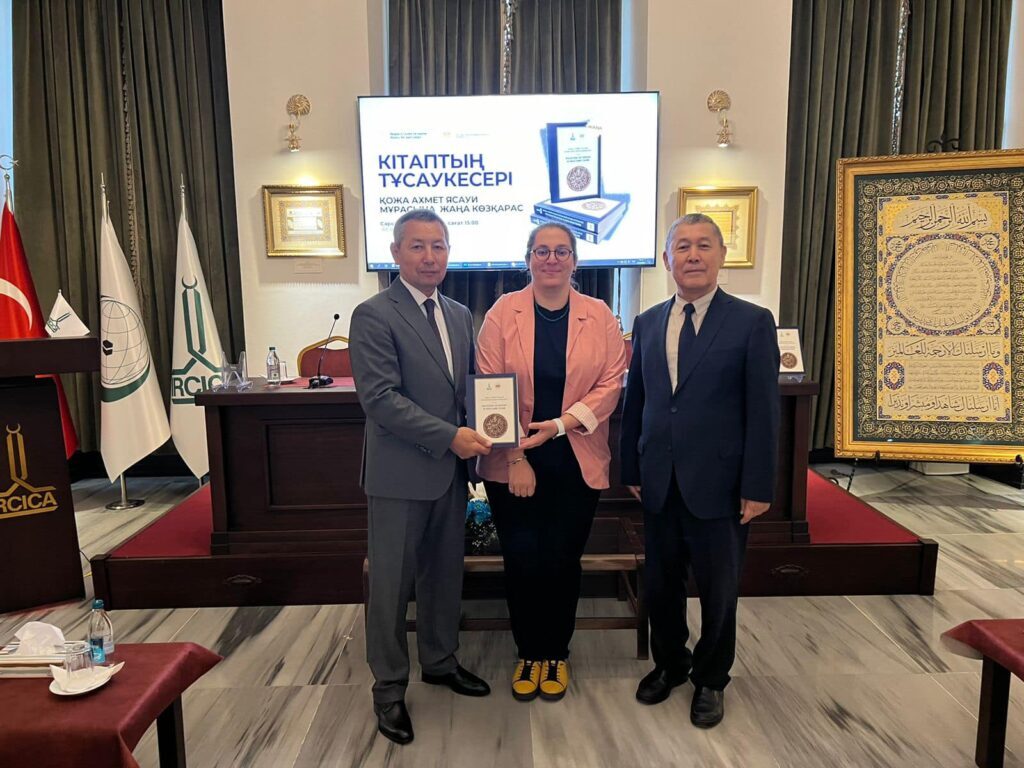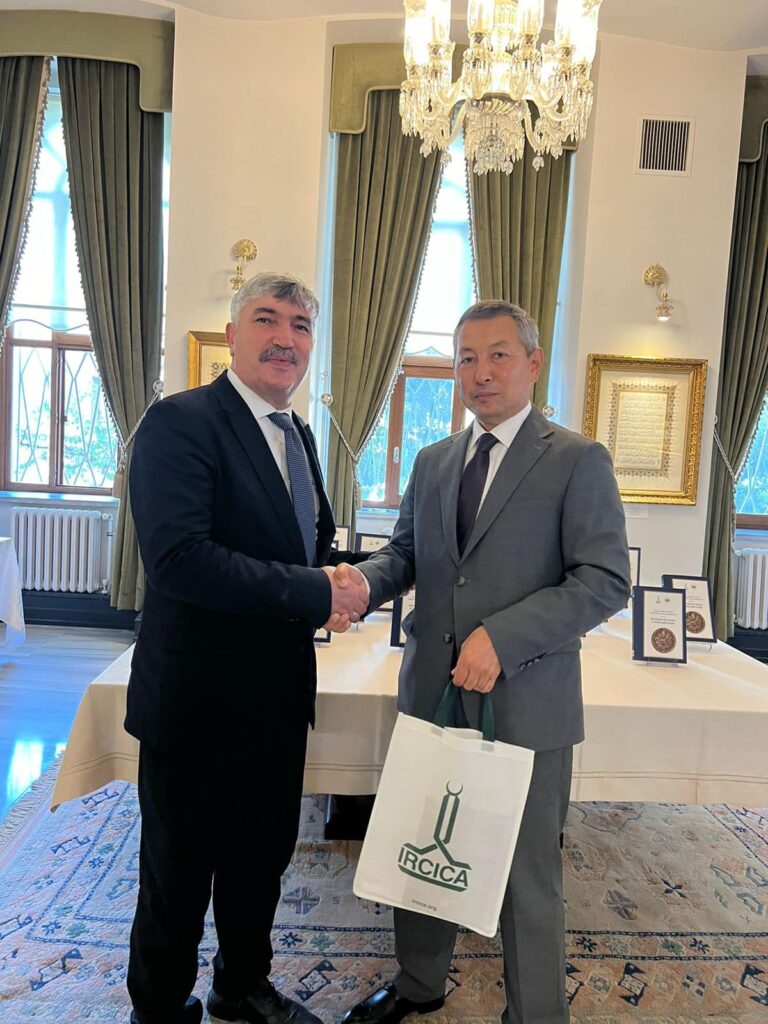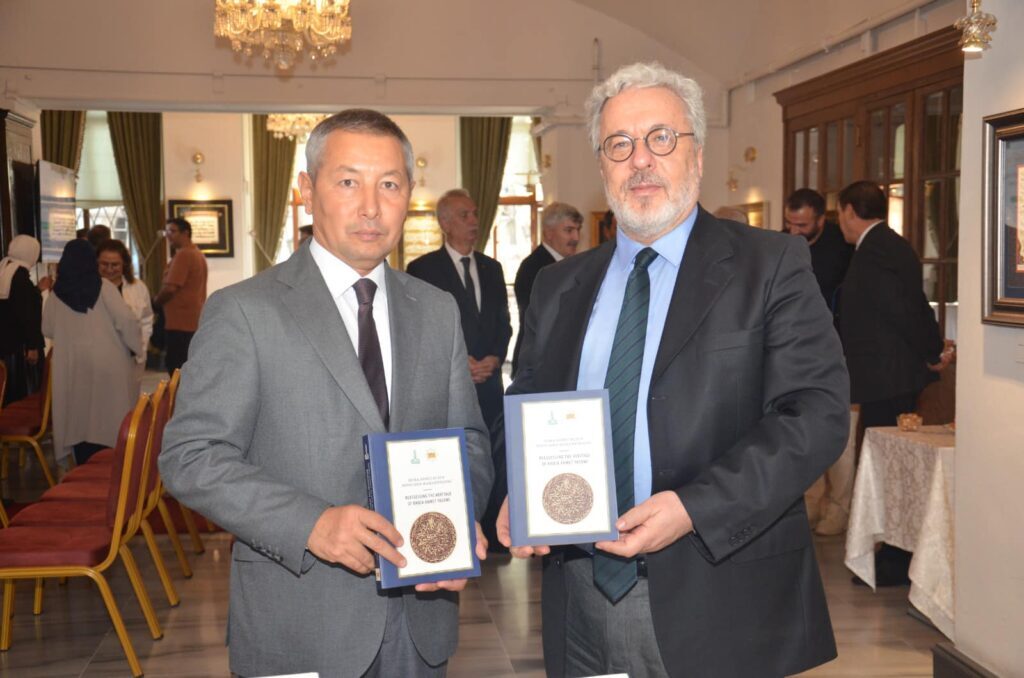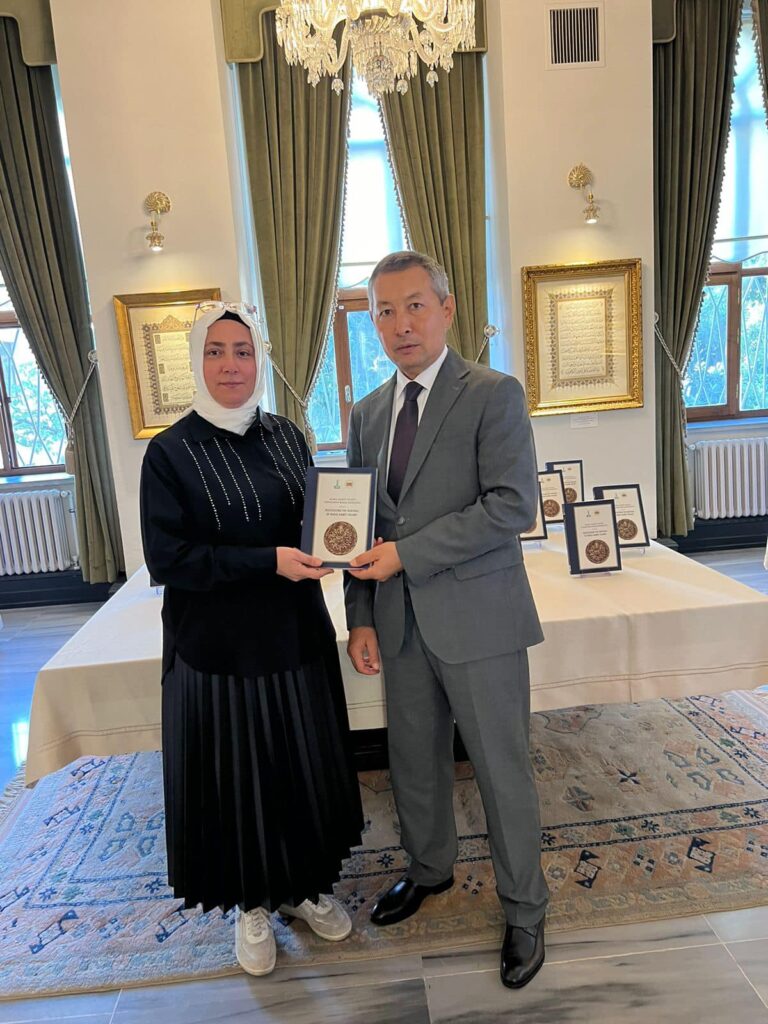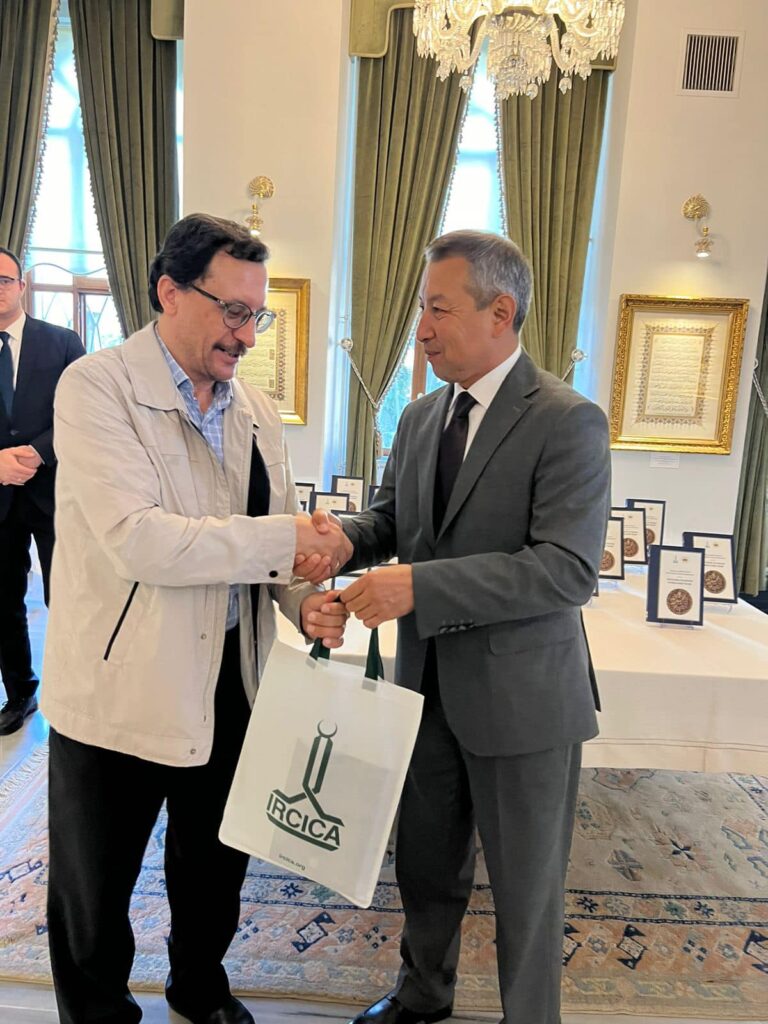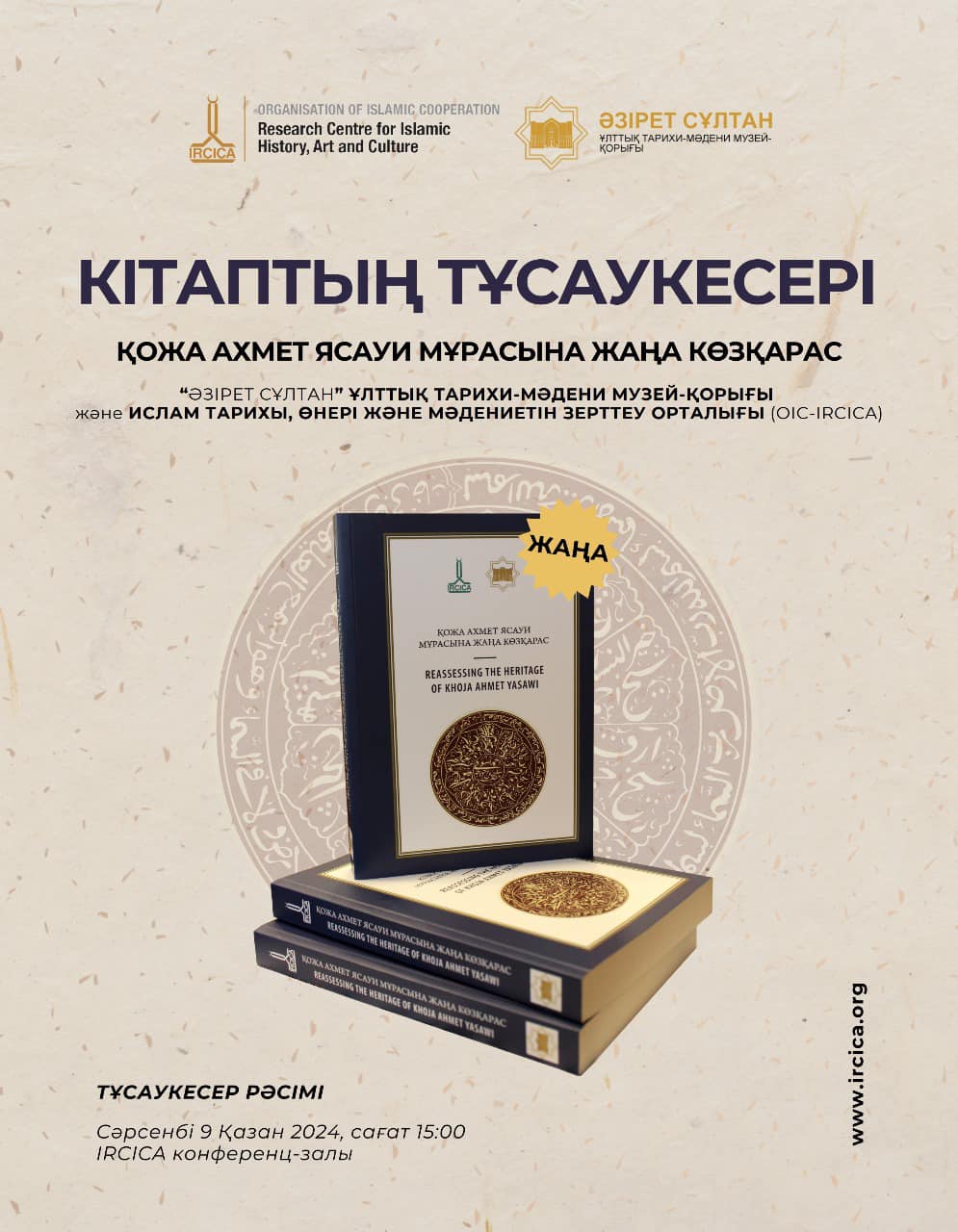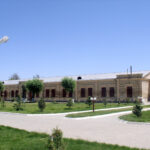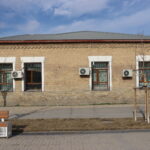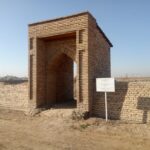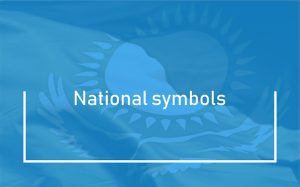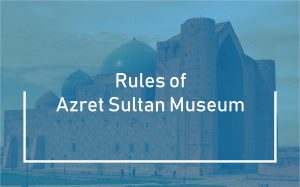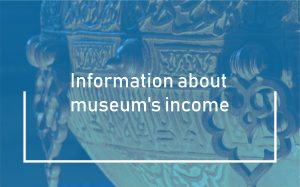In October last year, as previously reported, the Ministry of Culture and Information of the Republic of Kazakhstan, the Committee for Culture, the National Historical and Cultural Museum-Reserve «Azret Sultan» and the Organization of Islamic Cooperation, the Center for the Study of Islamic History, Art and Culture (IRCICA) jointly held an international conference on the topic “A new look at the heritage of Khoja Ahmed Yasawi, the conference materials have recently become a separate book. A presentation of a new book took place today in Istanbul, in the IRCICA conference hall. Director of the National Museum-Reserve “Azret Sultan” Sadykbekov Maulen Zharylkasynovich, who was present at the event, elaborated on the content and significance of the new book and expressed confidence that new projects will be success in the future together with Turkish partners. The book, based on the materials of the international conference, includes 19 scientific articles. Most of the authors are experts in Sufi teaching and history in various regions of the Muslim world, and they have academic achievements and extensive experience in their fields.
The first part of the book, devoted to new historical sources, examines the historical image of Ahmed Yasawi and his forms of transformation. The articles here relate to materials introduced into scientific circulation for the first time, including epigraphic monuments painted on the famous Sufi mausoleum, new archaeological finds and architectural works, seals, archival documents and manuscripts stored in private collections. Their analysis uses the traditions of various schools of Oriental and Islamic studies, as well as new fundamental approaches and methods. Among the authors, you can see researchers from seven countries (France, the Netherlands, Turkey, the Russian Federation, Uzbekistan, Kyrgyzstan and Kazakhstan) well versed in the science of studying ancient manuscripts, archival documents and artifacts. The second part of the articles is devoted to the study of literary monuments compiled in the XVIII–XIX centuries. They represent a new stage in the study of the Hikmet of Yasawi. These articles analyze the processes of reproduction of Hikmets, lithographic printing of their collections, the growth in the number and circulation of printed publications, the literal translation of Hikmets into various languages, interpretation by poets, philosophers and practicing Sufis of modern times. They will develop recommendations for the compilation and publication of a complete catalog of hand written Hikmets stored in libraries around the world, and the preparation of a collection of all known Hikmets in Arabic graphics.
The third part of the articles is devoted to the study of the processes of cooperation and mutual influence with other Sufi brotherhoods of Yasavia – Kubraviya, Naqshbandiya, Naqshbandiya-Mujaddidiya, Naqshbandiya-Khalidiya, Bektashiya. The book is provided with colorful drawings of architectural monuments discussed in the articles, copies of seals, title pages of ancient publications and images of recently discovered medieval diplomas. The new material introduced into scientific circulation within the framework of this collection is interest to specialists working in the field of Islamic history, art, culture, and Islamic education. They will also be important for readers interested in various aspects of the study of Islamic civilization in Central Asia.
